Have you considered owning a form of transportation that will allow you the freedom to explore the cityscape while remaining environmentally conscious? If so, you may find yourself interested in the prospect of electric bikes and electric motorcycles. These two innovative forms of e-mobility each have their own unique features, advantages and considerations. In this article, we'll introduce you to these exciting options, delving into how they vary in speed, range, power, size and cost, while considering how they align with the U.S. regulatory environment. Plus, we'll provide advice to help you make the perfect choice for your lifestyle. Get ready to find out the key factors that will guide you to the ideal riding style for your needs.
Get an in-depth look at the core concepts and features of electric bicycles and electric motorcycles.
E-bikes represent a versatile fusion of human power and electricity, making them attractive options for commuting, exercise, and recreation. Electric bicycles come in a variety of styles and are suitable for different terrains. They are an environmentally friendly and efficient means of transportation. Equipped with batteries and motors, e-bikes offer different levels of electric assistance to suit your needs. When you pedal, the electric motor provides an extra boost for a more comfortable ride. When power is not needed, you can simply disable the motor and rely on human pedaling.
Electric motorcycles, by contrast, combine power with innovation for an unparalleled riding experience. From sporty designs to cruiser styles, electric motorcycles cater to different tastes and needs. Electric motorcycles are equipped with larger batteries and more powerful motors that provide the ability to accelerate quickly and cruise at high speeds. A twist of the throttle unleashes massive power for an exhilarating feel.
So, what's the difference between these two options? Let's take a closer look at how they differ in a few key ways:
Speed: This is one of the most obvious differences. Electric bikes offer comfortable cadences for urban commuting and recreational riding, typically capped at around 20 mph to 28 mph. In contrast, electric motorcycles have higher speeds, capable of 50 mph to 100 mph or more.
Range: Another key comparison is range, which indicates how far you can travel on a full charge. Range depends on various factors such as battery capacity, riding mode, terrain, wind conditions, etc. In general, electric motorcycles have a longer range due to their larger batteries, making them suitable for long-distance travel. E-bikes excel at short distances, making them perfect for city commutes and easy suburban outings. Depending on the model and brand, e-bikes can go anywhere from 20 to 60 miles, while e-scooters can go anywhere from 50 to 200 miles or more.
Power: Power significantly affects speed and torque. It indicates the maximum output of the motor in watts. Electric motorcycles typically deliver plenty of power and torque for an adrenaline-pumping experience. Electric bikes offer varying degrees of electric assistance, enhancing your pedaling power while keeping the ride fun. Under US regulations, e-bikes fall into specific classes, with Class 1 having a maximum power of 750 watts and an assisted speed cap of 20 mph. Level 2 includes the throttle and has a top speed of 20 mph, while level 3 allows assist up to 28 mph.
Size: Size determines maneuverability and storage convenience. It includes the length, width and height of the vehicle. Electric motorcycles typically mimic the structure of traditional motorcycles and are larger and heavier than e-bikes, requiring more parking and storage space. E-bikes maintain the size of regular bicycles and are lighter and smaller than electric motorcycles, making transport and storage simpler. Some e-bikes can even be folded for added practicality.
Cost: Cost plays a key role in the decision-making process. It deals with the costs involved in procuring and maintaining the vehicle. In general, e-bikes tend to offer more cost-effective options and cater to a wider audience. Electric motorcycles are usually more expensive due to their advanced features and performance. Depending on the model and brand, e-bikes can range in price from a few hundred dollars to a few thousand dollars, while electric motorcycles can range from a few thousand dollars to tens of thousands of dollars.
Besides these core differences, there are other related advantages and considerationsh each choice:
Advantages: Regardless of whether you opt for an electric bicycle or an electric motorcycle, you'll experience shared benefits, such as:
Environmentally Friendly: Electric vehicles operate emission-free, reducing their impact on the environment and climate.
Energy Efficiency: Electric transport relies on renewable energy sources, diminishing dependence on fossil fuels.
Economical: Electric vehicles save on expenses like fuel, road taxes, and insurance over time.
Enjoyment: Electric vehicles offer an innovative, enjoyable, and exhilarating mode of riding, connecting you with speed, wind, and the feeling of liberation.
Considerations: When selecting your electric mode of transportation, you should also factor in other considerations, including:
Legal Framework: In the United States, electric bicycles are subject to federal and state regulations, encompassing class definitions, power limitations, and speed regulations. Familiarizing yourself with and adhering to these regulations is essential to ensure safety and compliance.
Experience Level: Operating and riding electric vehicles requires a degree of skill and experience, especially when dealing with electric motorcycles. If you are a novice or lack confidence, you may consider training or guidance to enhance your riding proficiency and safety awareness.
Charging Considerations: Electric vehicles necessitate regular charging to maintain performance and longevity. You need to account for charging durations, locations, costs, battery replacements, recycling procedures, and disposal. It's also vital to adhere to safety measures during charging to prevent overcharging, over-discharging, or short-circuiting.
In conclusion, within the vast array of choices, electric bicycles and electric motorcycles represent innovative influencers of mobile transportation. Each possesses unique features, advantages, and considerations. Prior to making your decision, it's crucial to comprehend their distinctions, align them with U.S. regulations, and make an informed choice based on your values and desires. Regardless of the electric mode of transportation you opt for, you're embarking on a future filled with fun, innovation, and sustainability.

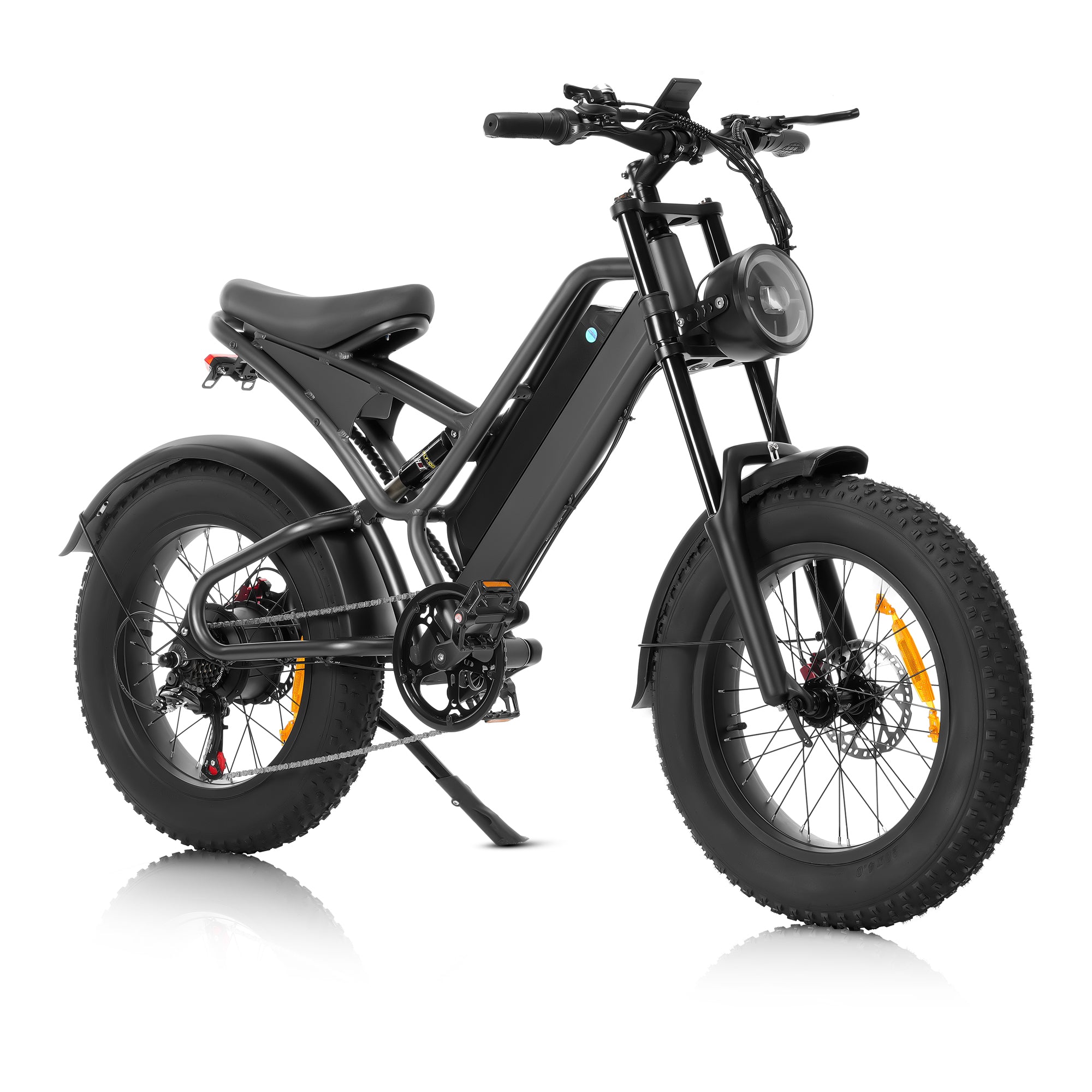


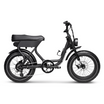
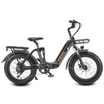
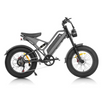
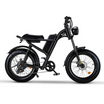
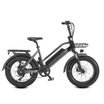







Leave a comment
All comments are moderated before being published.
Este site está protegido pela Política de privacidade da reCAPTCHA e da Google e aplicam-se os Termos de serviço das mesmas.